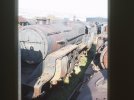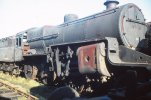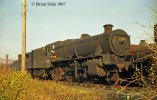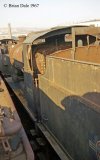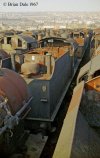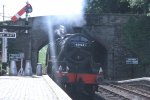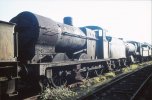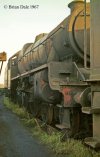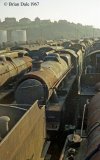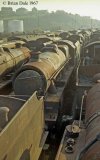The demise of steam was well under way in the Midlands in 1964 when I started university at Southampton in September 1964. My first year was in Chamberlain Hall of Residence in Swaythling. To walk to the campus required going over the LSWR main line on Woodmill Lane. This overbridge had, if I remember correctly, high walls so you couldn't see the trains, but the smoke and steam was visible as the Bullied pacifics went under, still pulling the Waterloo expresses. I had really lost interest at the time, being immersed in college life and studying a whole new subject not previously taught in secondary school.
Earlier, as an argumentative teenager I had strong feelings about my stepfather's belief that steam had to go, that Dr. Beeching was right. Well, he did make a living as a time and motion man, so that was understandable. But in the end, the Bullieds meant nothing to me at all, at least until they had all gone and the the slam door electrics took over. During this period I took just one photo of a steam engine:
View attachment 154811
And it was preserved, though not a Barry locomotive! Located just inside Southampton Docks, roughly where the Ocean Terminal trains would have entered, This area has changed beyond recognition.


